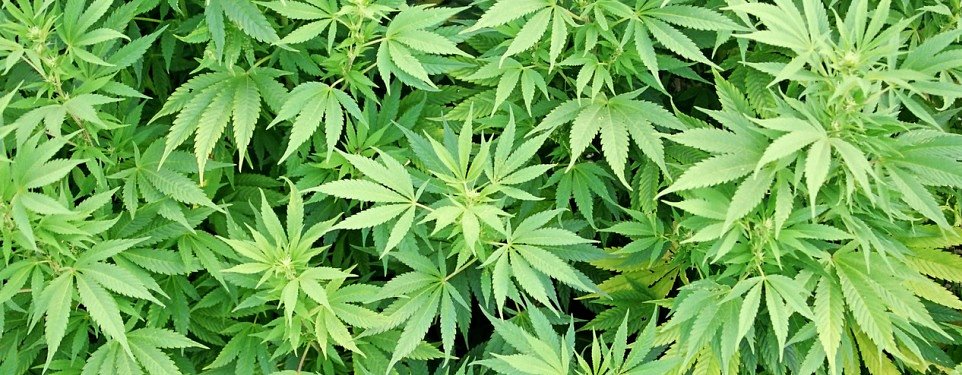Medical marijuana. Soon to be legal (perhaps) in a state near you; it is in mine (Pennsylvania)
Now that we have that out of the way, let’s dig into the notions, rules, and impact of getting stoned — for medicinal purposes only, of course — and how it affects your ability to ride a motorcycle.
Prescribed marijuana is targeted at managing very precisely defined serious and debilitating medical conditions. As a mind- and mood-altering substance, marijuana draws parallels to other such agents including alcohol, opioids (pain meds like oxycodone) and benzodiazepines (sedatives like diazepam, aka valium). While there are legal limits for alcohol content in your bloodstream while operating a motor vehicle, there are only three states with such limits for marijuana. Many states have what are termed “per se” laws, where any amount of a prohibited substance in your bloodstream is illegal while driving or riding.
Currently, only Colorado, Montana and Washington allow one to drive while using medical or recreational marijuana. These three states have established a legal limit of five nanograms/ml of blood for tetrahydrocannabinol (THC), marijuana’s active ingredient. Of course, someone will argue that individuals habituated to medications like diazepam or opioids or are on methadone maintenance still drive and do not universally crash, so why can't the same be true for those chronically using medical marijuana? Seems good on the surface, but there is data that cements marijuana and driving, especially perhaps a motorcycle, as decidedly unsafe.
Remember that you need multiple skills to ride safely, including balance, hand-eye-leg-foot coordination, the ability to integrate what you see-hear-feel-smell into a plan, and then see just for starters. Marijuana appears to send all of those to hell in a hand basket.
The data comes from the United States and abroad. Among motorcyclists who die in a crash, helmet use is less frequent in those using alcohol in combination with marijuana or any other illicit substance compared to those with only alcohol use. Moreover, when comparing those with ONLY marijuana use, they were more likely than the alcohol-only riders at any blood alcohol concentration to not wear a helmet. Marijuana appears to independently impair judgment compared to alcohol.
The National Highway Safety and Transportation Agency found that driving performance in cars while using marijuana on open or closed courses as well as simulators is all impaired for up to three hours after use.
The National Institute of Drug Abuse has a series of well done educational pieces regarding marijuana use. Importantly, they recognize that there is a difference between the occasional user and the chronic user. For the occasional user, intoxication can significantly disturb physiology that is essential for safe motorcycling. Common changes include higher heart rate (up to double your usual rate), increased blood pressure, increased risk of heart attack (especially in the older rider with existing heart disease), and significant decreases in blood pressure with standing or sitting upright (like the riding position). Chronic use may reduce some of these effects but can also lead to chronic bronchitis.
More importantly, chronic use impairs how your brain works. Decreased attention, memory and learning ability top the list of changes. These effects are more pronounced in younger users, as some of the chemicals required to make new connections are interfered with by the active ingredient in marijuana. Chronic users are much more likely to be injured on the job, and are at higher risk for psychosis in people with specific genetic abnormalities (no, we do not routinely test for these). None of these undesirable effects make motorcycling more safe. I think it is fair to categorically state that they would all be expected to make it unsafe for the motorcyclist, a passenger, as well as pedestrians or automobile drivers too. Marijuana potency has increased over the last 20 years perhaps magnifying these effects.
The Fixing America’s Surface Transportation Act, section 4008 contains provisions that drive (sorry) the development of methods to detect marijuana-impaired driving, and to understand the role of marijuana use in vehicle crashes (among other aims). Marijuana use is about to be heavily scrutinized at all levels.
To use Pennsylvania as an example, medical marijuana must be dispensed from an approved site by appropriately licensed individuals and does not come in leaf form. Therefore, the state trooper will recognize that the nicely rolled joint did not come from the state’s officially licensed program and might just provide some unwanted hospitality at a zero-star facility, or a less fun way to spend what is in your wallet.











